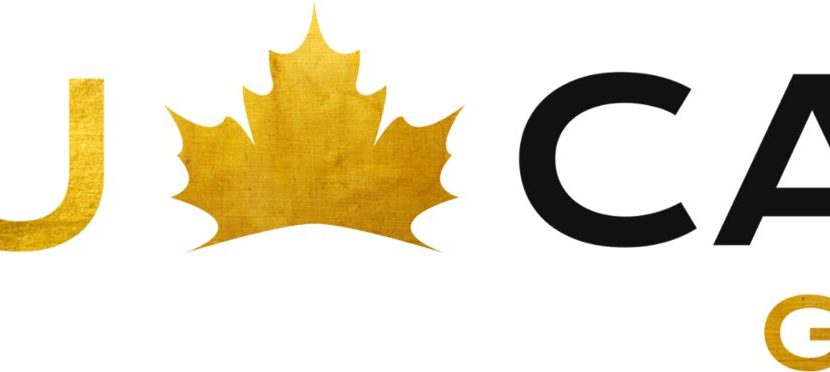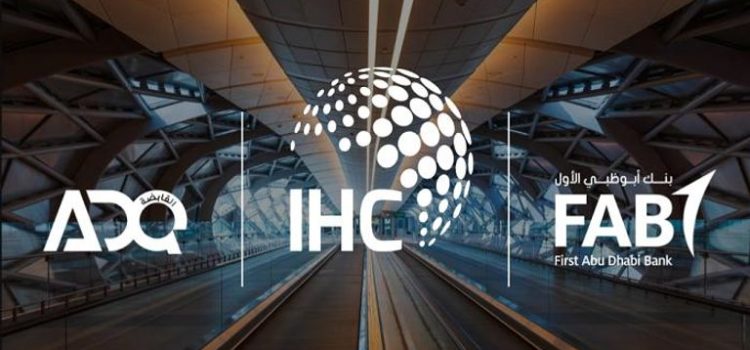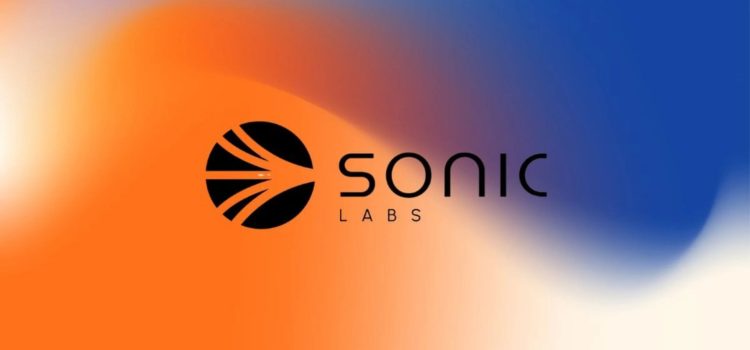
The stablecoin race has started among the banking sector in the UAE, and the first AED stablecoin to be developed by an Abu Dhabi Blockchain is in the process. ADI Blockchain Foundation will be developing an AED stablecoin to be issued by First Abu Dhabi Bank, with the support of ADQ a sovereign investor and IHC an investor as well.
The trio intend to launch a UAE Central Bank regulated AED stablecoin that will be used for making payments not only in the UAE but also internationally. Moreover the stablecoin will also be used for Machine to machine payments in the IoT domain and AI one.
Abu Dhabi based ADI Blockchain will operate the stablecoin
The ADI Foundation a non-profit organization dedicated to helping governments connect with trusted partners to advance digital transformation and blockchain adoption worldwide, leverages its $120 million fund and a global network of partners to deliver blockchain solutions that enhance trust, transparency, and efficiency in key sectors such as healthcare, financial systems, sustainability, and governance.
The new stablecoin will operate on the ADI blockchain. Guillaume de La Tour, CEO of ADI Foundation, commented: “This stablecoin marks a pivotal milestone in the UAE’s journey toward a more inclusive and digitally empowered economy. By leveraging the ADI blockchain, we are enabling secure, transparent, and efficient transactions at scale — built on technology developed right here in the UAE. The ADI Foundation is proud to support this visionary initiative that aligns with our mission to advance sustainable digital transformation around the world.”
H.E. Mohamed Hassan Alsuwaidi, Managing Director and Group CEO of ADQ, said, “The launch of stablecoin marks a pivotal step in our commitment to strengthening the UAE’s digital infrastructure ecosystem. As we move forward towards an increasingly digital and connected economy, stablecoin will provide a solution that is secure, efficient and scalable, while creating new opportunities for growth and value creation.”
Syed Basar Shueb, CEO of IHC, added that IHC will bring their blockchain and fintech expertise. While Hana Al Rostamani, Group Chief Executive Officer of FAB, affirmed that the new stablecoin will make a significant impact across industries and revolutionize blockchain payments for UAE consumers and businesses.
This will not be the first regulated AED stablecoin issued by a banking entity. Mbank through its subsidiary AE Coin has already launched a regulated AED stablecoin.
Additionally in August 2024, Tether, announced in the UAE its plans to add a new Dirham backed stablecoin in collaboration with UAE’s Phoenix Group, a Web3 investor and Bitcoin mining conglomerate.











